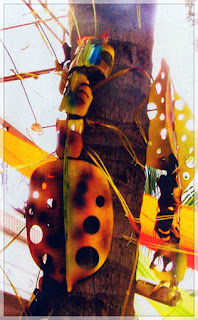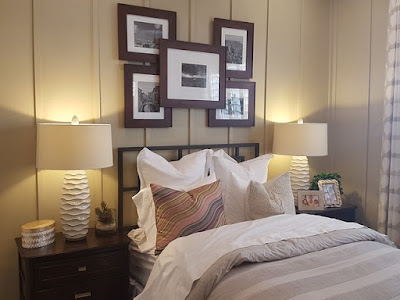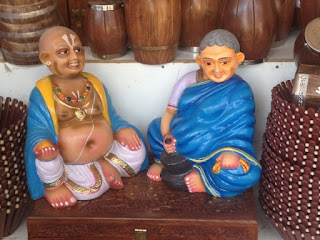Art need not be limited to interiors of homes and can also be displayed in the garden or terrace
When we think of art for our homes, we tend to restrict ourselves to conventional art forms such as paintings for the interiors, and often neglect exterior walls, terraces and other open spaces. Canvas paintings may not be the best choice for areas that are exposed to weather conditions but there are several other options which can be explored for open spaces such as the terrace, garden and large balconies.
From traditional folk and tribal art to contemporary sculptures and installations, there are multiple options which are suitable for open spaces. Over the years, art from recycled material has also grown in popularity as a display piece in the open air.
As these artworks will be exposed to different weather conditions and will have to withstand fluctuating temperatures and rain for a prolonged period, it is important to select them with care.
As these artworks will be exposed to different weather conditions and will have to withstand fluctuating temperatures and rain for a prolonged period, it is important to select them with care.
 |
Sculpting Evolution by Kalyan S Rathore
|
Selection
- When buying or commissioning artworks for open spaces one must consider the medium and the material which is used.
- For instance, stone, fiberglass and metals which have been treated are more suitable for the outdoors.
- Instead of buying multiple artworks, focus on one or two larger pieces that are likely to create a more striking impact.
- It may also be a good idea to opt for customized art as an extension of the existing theme to create a cohesive effect.
Display
- In open areas, art can be displayed on the wall, floor or ground and may also be suspended from a beam.
- Murals can be painted directly on the walls or three dimensional artworks can be secured onto the wall.
- Large sculptures are ideal for open areas and are extremely versatile when it comes to their display.
- Installations, particularly multimedia and those involving light, water and sound can be especially stunning for large open spaces and form the perfect backdrop for a dramatic setting.
Open areas in homes are primarily informal spaces which may also be used for socializing and therefore it is essential to infuse a sense of fun and vibrancy through the choice of art. Vivid colours can make the place animated and cheerful. However, in rare instances when a formal décor theme is extended onto the open area, abstract and conceptual artworks are ideal for display.
If you enjoyed reading this article, do share it using the social media widgets at the bottom and subscribe to receive regular updates from Art Scene India
Related Posts,
Related Posts,
- Artistic Touch to Festive Decor
- Abstract Art for Interiors
- Art on Rugs and Tapestries
- Artistic Expressions with Glass
- Miniature Paintings in Home Décor
- Painting a Wall
- Art for Festive Occasions
- Displaying Art in Home Interiors
- Hyperreal Art Makes An Impact
- Art in Interiors: Murals Bring Art to Interiors
- Chromatic Frames to Display Art
- A Tradition of Textile Art
- Art Installations to Complement Home Decor
- Festive Home Decor : A tradition of lighting the lamp















